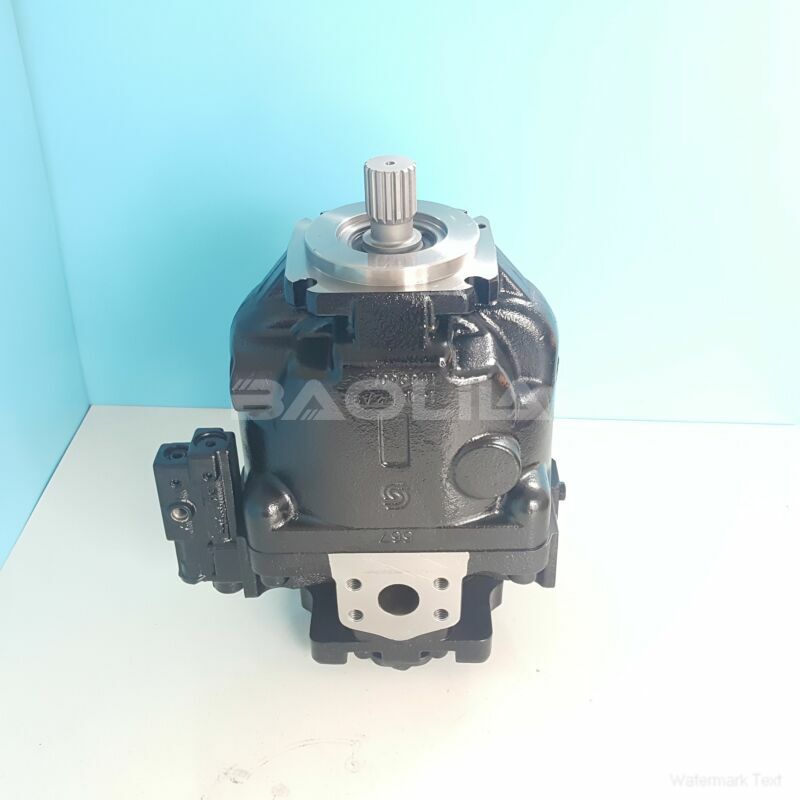ERL100BLS1825NNN3S1CPA1NNNNNNNNNN piston pump
ERL100BLS1825NNN3S1CPA1NNNNNNNNNN piston pump

- Product Details
- Applicable Scene
Plunger pumps play a critical role in various industrial applications, particularly in scenarios that involve the transfer of aggressive chemicals and high-viscosity fluids. However, operating in harsh chemical environments poses unique challenges that can significantly affect the performance and longevity of these pumps. Understanding these challenges and their implications is essential for effective pump selection, maintenance, and operational efficiency.
ER-L-100B-LS-18-25-NN-N-3-S1CP-A1N-NNN-NNN-NNN
ERL100BLS1825NNN3S1CPA1NNNNNNNNNN
One of the primary concerns when using plunger pumps in aggressive chemical environments is material compatibility. The pump’s components, especially the plunger and seals, must be resistant to the chemicals being handled. Materials such as stainless steel, titanium, and specialized polymers are commonly used, but each material has its strengths and weaknesses. Chemical compatibility charts can provide guidance, but real-world testing is often necessary to ensure that materials will withstand specific chemical interactions over time.

83033567
Another factor influencing pump performance is the chemical’s viscosity and density. High-viscosity fluids require more force to move, which can lead to increased wear and tear on the pump components. Moreover, the density of the fluid affects the pressure and flow rates achievable by the pump. Operators must consider these variables when designing systems to ensure that the pump can handle anticipated conditions without compromising efficiency or safety.
Temperature fluctuations are also critical when evaluating plunger pump performance in harsh environments. Many chemicals exhibit altered behavior at extreme temperatures, which can impact viscosity, density, and even the phase (liquid or gas) of the fluid being pumped. Pumps must be rated for the temperature range of the applications, and operators should implement systems to monitor and control these temperatures to maintain optimal performance.





